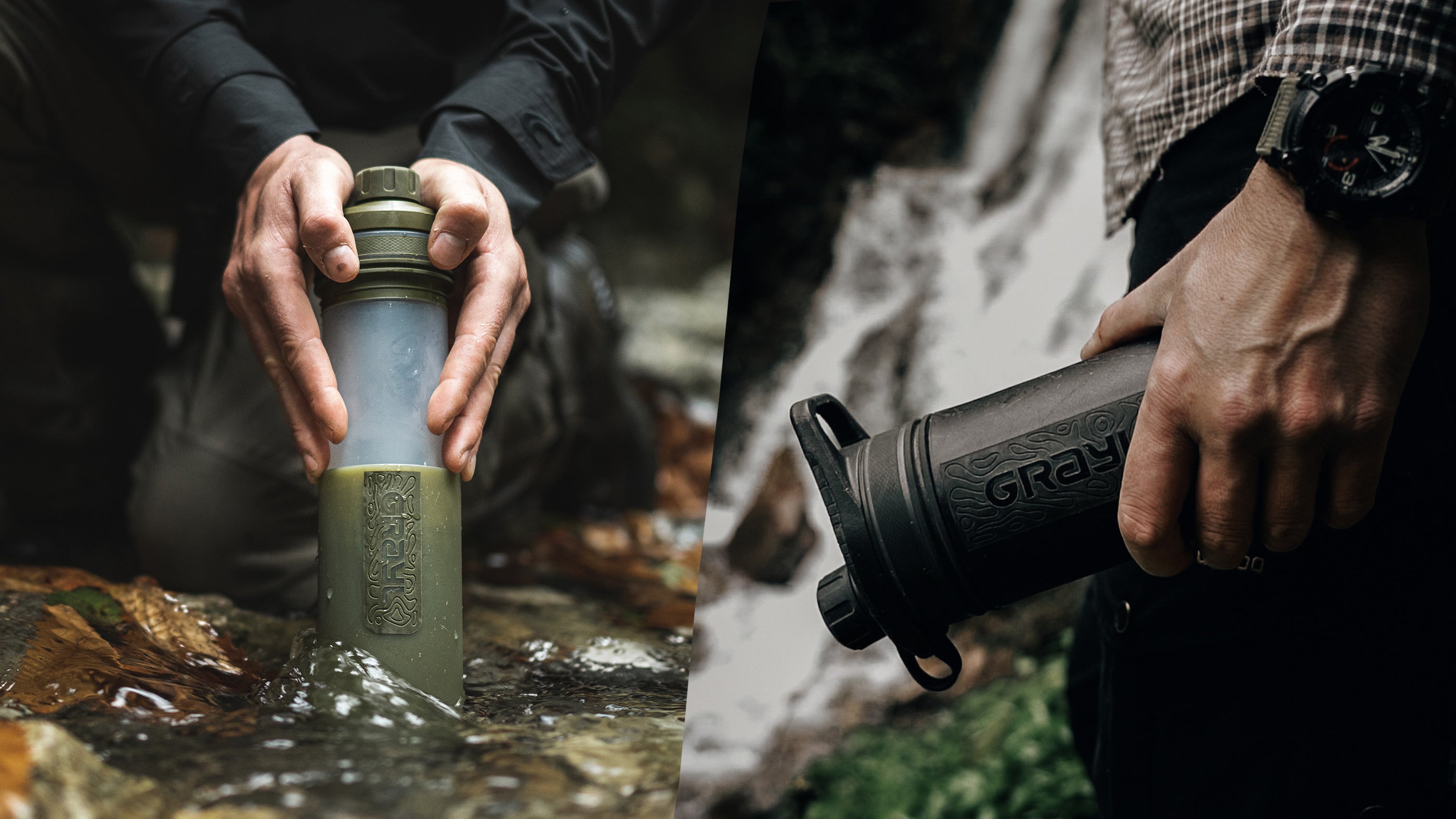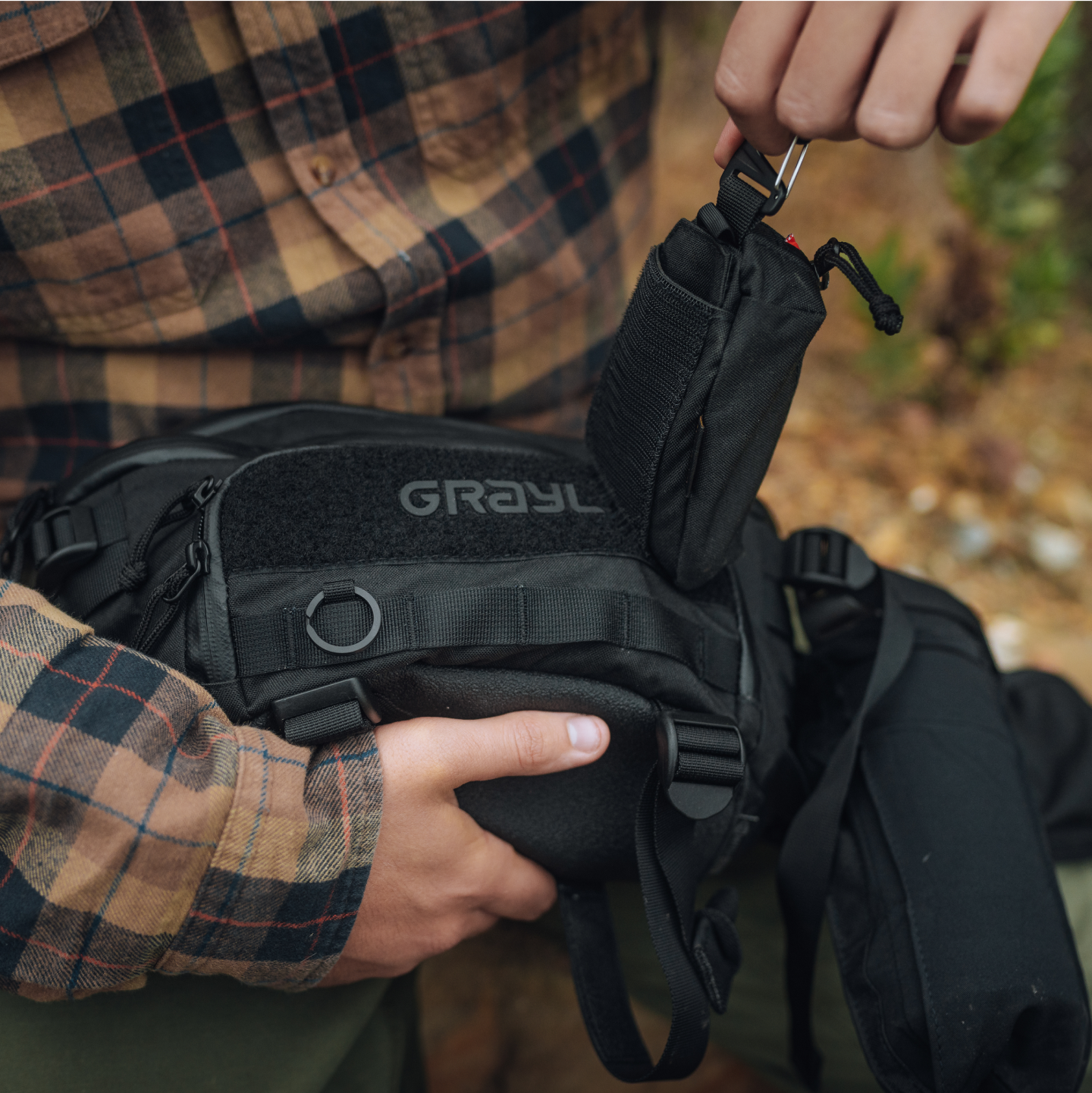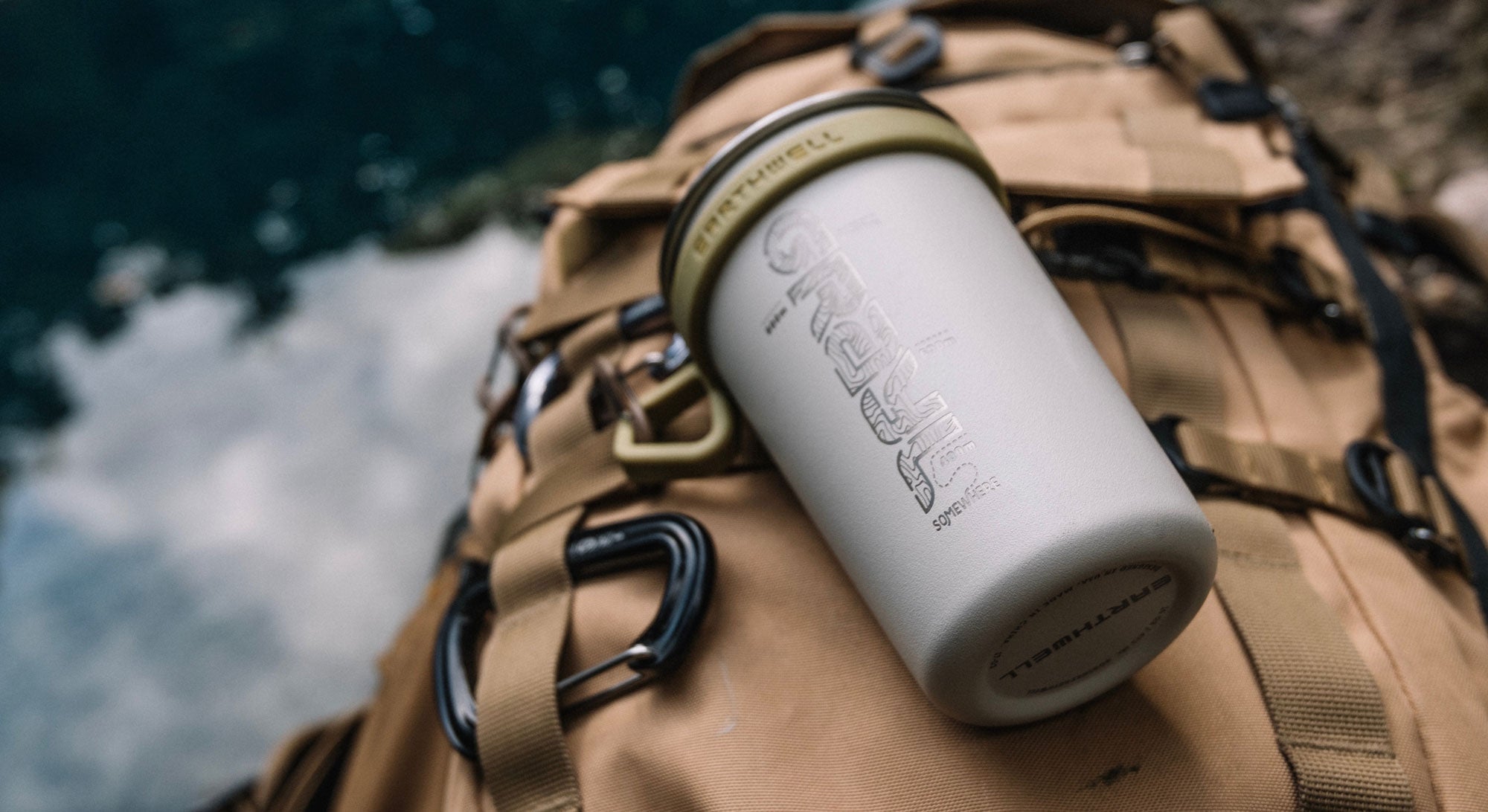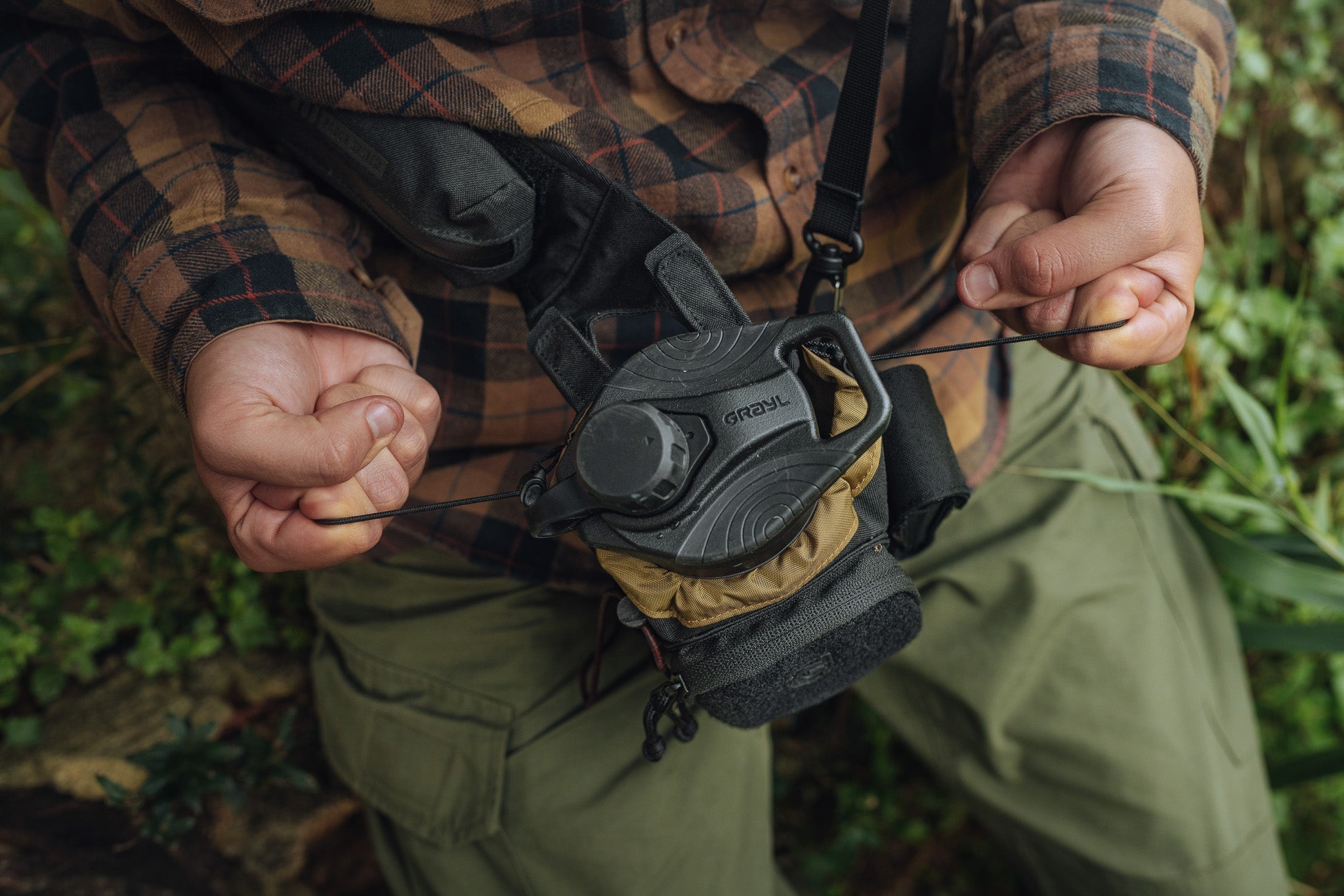The Royal Path - Madeira Island

It was over a meal in early January that the idea began to be tossed around: should we attempt to thru-hike the Royal Path of Madeira Island?
But let’s back up a moment. In case you have never heard of Madeira, here is what you need to know: Madera is a semi-autonomous Portuguese volcanic island found off the northwest coast of Africa.
This is a lush, rugged land home to towering peaks, UNESCO-protected Laurisilva forests, poncha, huge surf, and endless amounts of freshwater. LOTS of water. João and Jackson had been going on these epic day hikes around the island for months before I joined them towards the end of November, including an extreme 4-day trekking route along the famously brutal Madeira ultra-runner trail; the MIUT.

One day as we ate our espetada, bolo do caco, and green salad, sipping on cool glasses of Portuguese red wine, it became clear that the prospect of doing a major thru-hike of the island was becoming a real possibility. The guys were stoked and Jackson was actively figuring out the route, daily distances, stopping points, general logistics, etcetera. He was working off of one GPS map file that he found online from someone who had hiked the trail in previous years (but it is still unclear if this person hiked it in one go or in sections).
The Royal Path or the Caminho Real 23 as it is known was the first major “road” that connected the entire coastal perimeter of the island. Commissioned by the King of Portugal in the 19th century, the route features just about every landscape imaginable. As I dug into the history of the path a little deeper, I found that in fact a ton of information in English simply does not exist.
The Royal Path or the Caminho Real 23 as it is known was the first major “road” that connected the entire coastal perimeter of the island.


The first few days of January 2021 in Madeira had proven to be unstable when it came to the weather. One day the huge old tree in front of my apartment came crashing down from the force of the wind. Snow fell in the high mountains and fierce rain slammed the coast.
Basically, at this point, we were waiting for the best weather window to hit the go-button. We needed one week to do the 180 kilometers and roughly 8.5 thousand meters (close to 28,000 feet) of elevation gain through a mix of coastal, forest, mountain, and urban terrain.
Then the forecast started to look promising towards the 2nd week of January. We started preparations and set a departure date.
A few days before we were set to depart the government in Madeira declared a night time curfew (starting at 6 pm) to stem the spread of Covid 19. Since the festivities of Christmas time and New Years Eve the island has seen a sharp rise in cases. Right, we are living in a pandemic.
We needed one week to do the 180 kilometers and roughly 8.5 thousand meters (close to 28,000 feet) of elevation gain through a mix of coastal, forest, mountain, and urban terrain.

Our plan all along was to put in huge days with light bags and chill out in the various towns and villages in the evening, casually eating a hot dinner and watching the sun go down over a few cold beers and peach tea. Accommodation would be in small guesthouses or local cheap hotels.
This new curfew meant that we would now have to rush to every town, hope to find something to eat before the restaurants closed, only to tuck ourselves away in a hotel room by 6 pm. The whole point of this journey was to take our time, enjoy the history, the landscapes, and the small details of the different villages along the way. If you want to do 25 kilometers and 1.5k meters of elevation gain per day, well, one needs to haul ass if you want to beat an evening curfew. This scenario sounded more like a stressful race, than an enjoyable adventure.
We took the group decision to call off the trip. Alas, Covid had come to foil yet another adventure plan and we are only a few weeks into 2021.
A few days before we were set to depart the government in Madeira declared a night time curfew (starting at 6 pm) to stem the spread of Covid 19.

With so much of the world on travel restrictions or some form of curfew or semi-lockdown, hiking in nature all across Madeira has been my saving grace, both mentally and physically. After cancelling all of the scheduled trekking tours I normally lead to Pakistan last year, putting in Herculean days on the coast or in mountains with my friends is exactly what the doctor ordered.
In general, being outdoors is a pretty Covid-proof activity; there are never many people around (most of the time it is only us), no germ-ridden surfaces to touch, and no Covid-incubating subway to catch. In spite of everything happening in the world with the virus, doing an epic thru-hike of Madeira Island felt like a responsible adventure to undertake. Now plans had changed.
Then Jackson had an idea: why don’t we properly thru-hike this thing with all of our gear?
Carrying our own gear meant carrying tents, some food, sleeping bags, drones, cameras, clothes; everything one would need for a multi-day backpacking trip in steep terrain full of micro-climates. If we had our own gear, it did not matter if we arrived late in a place, we could be self-sufficient and the restraints of closed grocery stores and being hotel-room bound were essentially eliminated.
While the gear requirements and potential-weight of our backpacks increased significantly, so did our chances of actually sending this unique long-distance hike no one has ever heard of. In the end it was an easy choice; let’s do this.
Then Jackson had an idea: why don’t we properly thru-hike this thing with all of our gear?


7 days later, we became some of the only folks we know of (there may well be more) to have thru-hiked the Caminho Real 23 in this style in modern times; with large backpacks, full camera kit, wild camping, and eating plenty of camp fire-scorched chouriços along the way.
In a 12-month period full of political madness, Covid 19, racial injustice protests, and a whole bunch of other adventures being put on hold, this was a time for us to pay attention to other things. Time to unwind the mind and sweat, dialing in our focus to the primitive important things that truly remind us why feeling the hamstring-burn of a crushing ascent lights a fire beyond explanation.
And certain images from wild and challenging circumstances tend to blot out all the other noise; like pressing the mute button on the world:
Waking at sunrise to watch the full moon cast its eerie glow across rowdy breaking waves from the overgrown field housing our tents. Switch-backing up ancient stone paths in between cactus groves and wild flowers. Hearing the ever familiar bom dia (good morning) from the old men in caps as they smoked cigarettes and drank short strong coffees from cafes in sleepy small villages. Passing by the even older women digging onions and sweet potatoes on a slanted hillside in a frozen-in-time part of the world as her goat munches the stalks nearby.
7 days later, we became some of the only folks we know of (there may well be more) to have thru-hiked the Caminho Real 23 in this style in modern times; with large backpacks, full camera kit, wild camping, and eating plenty of camp fire-scorched chouriços along the way.

Taking breaks to purify liter after liter of water from vintage ornate fountains built in the 1920’s as the sweat from our efforts soaks our clothes.
White churches and cracking bell towers, ruined rum factories and omelette sandwiches, fires made from forged forest wood after crossing green cliffs doomed by landslides and certain-death drop offs, the soft pastel colors of the houses in the valley below, and finishing the day with steaming plates of fresh fish and salty french fries.
And of course, taking full advantage of occasional public beach showers as the surf pounds the sea wall a few meters away, emerging from the beach much cleaner than when we arrived.
All said the elevation we gained from start to finish was almost inline with climbing Mt. Everest from sea level (minus the extreme altitude of course) and after a final meal together, our legs are feeling every bit of all that climbing - but it is that good kind of fatigue that means something interesting happened.


In these times, adventure magic doesn’t happen every day. Putting boots to cobblestone, forest path, waterfall stream, beach sand, highway concrete, red clay mud, river boulder, tree root, and everything in between that we encountered along the way - this is where the magic lives. The Caminho Real 23 was a challenging beast full of delicate details served up in many forms, putting us firmly in the shoes of the past generations who worked for decades to build this impossible trail by hand through this beautiful but unforgiving landscape.
I’d like to say the next big trek I embark on, solo or not will be flat more or less - but hey, I’d just be lying to you.
In writing about this forgotten path, it is my hope that more people will become interested in the Caminho Real 23. More interest might just prompt the local government to begin to preserve and restore it - otherwise, the island will slowly swallow it up like so many other great paths, now lost to time and the ghosts of human history.
Stay hydrated amigos.
In these times, adventure magic doesn’t happen every day. Putting boots to cobblestone, forest path, waterfall stream, beach sand, highway concrete, red clay mud, river boulder, tree root, and everything in between that we encountered along the way - this is where the magic lives.


More resources:
If you are interested in learning more about this epic adventure, check out fellow Grayl Ambassador Jackson Groves’ ridiculously detailed article covering the Caminho Real 23 Trek.
He blogs at journeyera.com
Follow him on Instagram: @jackson.groves
If you are looking for a guided experience of this hike (going with a local person is essential), contact the only man for the job, my good friend João Freitas.
Email: João’s email
Instagram: @joao_lets_hike
Adventure Guide / Grayl Ambassador Chris Lininger leads backpacking expeditions with Epic Backpacker Tours and is editor, creative lead and photographer for the The Broker Backpacker.
 24oz GeoPress® Ti
24oz GeoPress® Ti
 24oz GeoPress®
24oz GeoPress®
 16.9oz UltraPress® Ti
16.9oz UltraPress® Ti
 16.9oz UltraPress®
16.9oz UltraPress®
 Digital Gift Cards
Digital Gift Cards
 Backpacks
Backpacks
 Hip Packs
Hip Packs
 Bottle Slings
Bottle Slings
 Tote Bags
Tote Bags
 G-Mod Accessories
G-Mod Accessories
 Packing Pouches
Packing Pouches
 Apparel
Apparel
 Hats
Hats
 Titanium Coffee Press
Titanium Coffee Press
 Titanium Cook Lid
Titanium Cook Lid
 Titanium Stove
Titanium Stove
 Titanium Campware
Titanium Campware
 Steel Drinkware
Steel Drinkware
 GeoPress® Nesting Cup
GeoPress® Nesting Cup
 Adjustable Bottle Cage
Adjustable Bottle Cage
 Cartridges
Cartridges
 Caps
Caps
 Inner Press
Inner Press
 Outer Cup
Outer Cup
 Bundle & Save
Bundle & Save








